M-Commerce is growing at a rapid pace
By MYBRANDBOOK
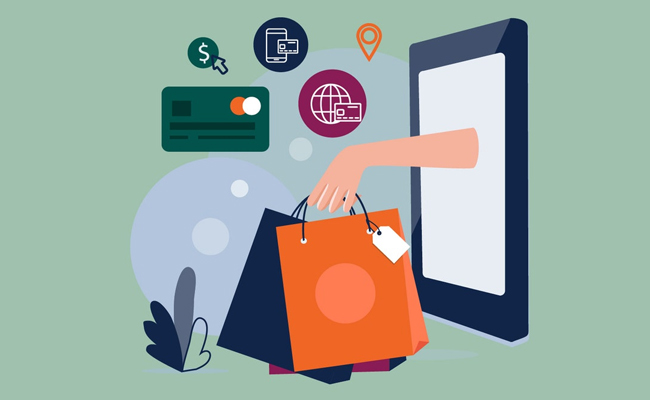
M-commerce is an extension of e-commerce that has been around for more than a decade. Mobile commerce reflects the natural progression of technology as users are spending more of their time on mobile devices instead of computers.
Like most e-Commerce merchants, many brick-and-mortar businesses and customers wished to capitalize on the mobile market, providing not only mobile apps but an increasing choice of payment options like Buy Now, Pay Later to ensure continued revenue growth during difficult times. This means millions more daily global transactions and payments.
Not only M-Commerce has grown, similar uptake of mobile apps is apparent in digital banking, which is also set to see a meteoric rise up to 2026. In 2019, m-commerce made up 67.2% of e-commerce sales globally, which amounts to $2.32 trillion. The figure is expected to hit $3.56 trillion in 2021 or 72.9% of total e-commerce transactions.
Generally, mobile commerce is classified into Mobile Shopping, Mobile Banking and Mobile Payments and Digital Wallets. Mobile shopping is about enabling shopping experiences on mobile devices. On the other hand, top banks offer mobile phone banking worldwide, where users can pay bills, transfer money, and other transactions with a few clicks.
QR code, NFC, and evolving mobile security have made it possible for users to replace physical cash with mobile payments. Google Pay and Apple Pay lead the charge of digital wallets in Western countries, while apps like AliPay and WeChat dominate mobile payments in China.
The growth of mobile commerce is directly connected to how users are accessing the internet. As smartphones become accessible and high-speed internet is no longer a premium infrastructure in many countries, users have ditched PCs in favor of the smaller gadgets for internet browsing. The emergence of mobile commerce also changes how brick-and-mortar businesses operate, particularly in adopting cashless payment. Technological giants rushed to the fore with their versions of digital-payments.
There are two ways to go about building an m-commerce store:
· Using E-Commerce Builders: The easiest way to set up an m-commerce store is to use builders like Shopify and Woocommerce. These platforms allow business owners to build online stores from scratch with the available tools, themes, and plug-ins.
· Build a Fully Custom Application: Custom applications allow flexibility in design and functionalities. The development makes use of a wider range of languages and technologies such as Ruby and Node.JS. Custom mobile commerce apps can be developed as a native app for iOS or Android, or both by using the ReactNative.


Nazara and ONDC set to transform in-game monetization with ‘
Nazara Technologies has teamed up with the Open Network for Digital Comme...

Jio Platforms and NICSI to offer cloud services to government
In a collaborative initiative, the National Informatics Centre Services In...

BSNL awards ₹5,000 Cr Project to RVNL-Led Consortium
A syndicate led by Rail Vikas Nigam Limited (abbreviated as RVNL), along wi...

Pinterest tracks users without consent, alleges complaint
A recent complaint alleges that Pinterest, the popular image-sharing platf...

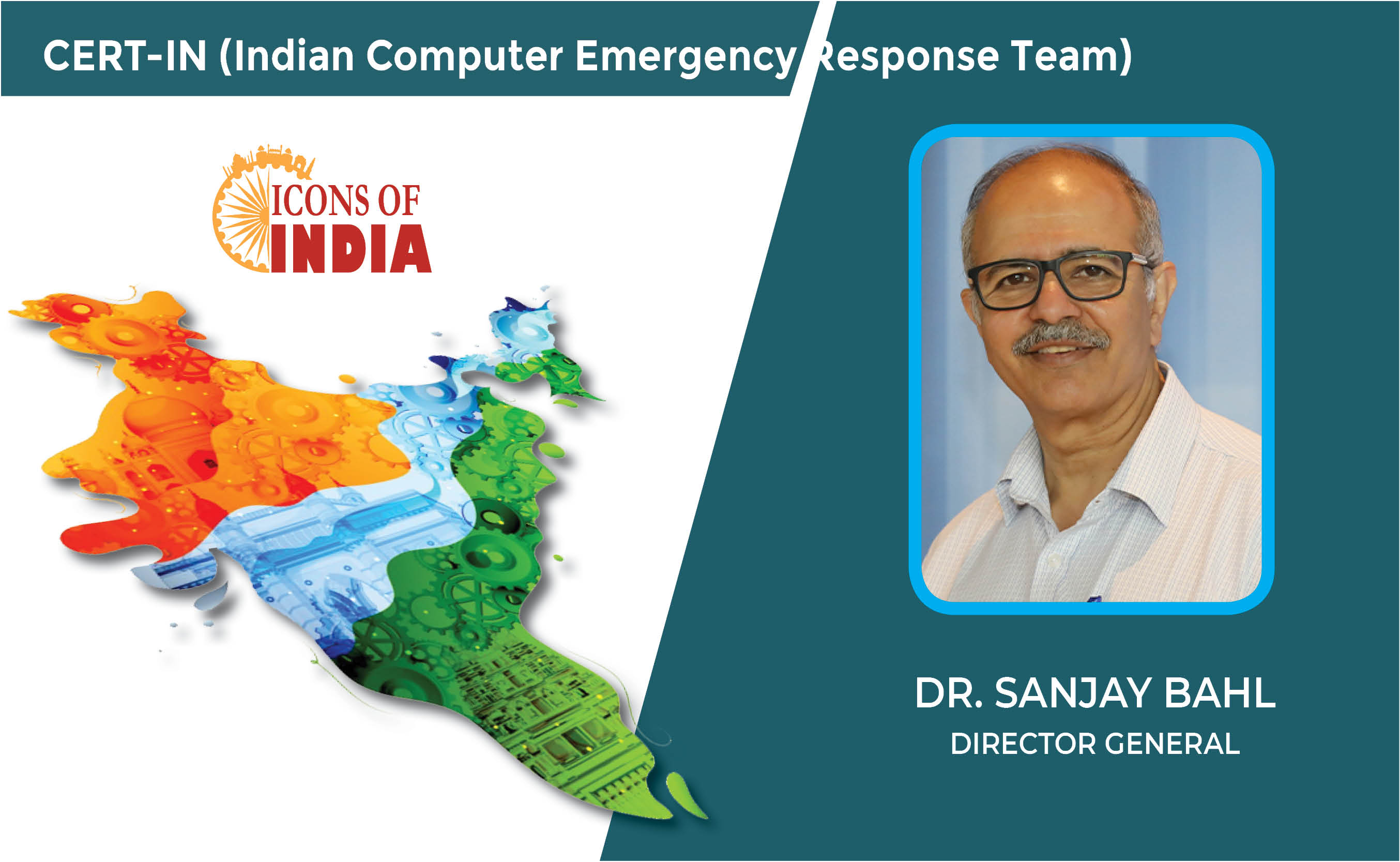
Icons Of India : Dr. Sanjay Bahl
Dr. Sanjay Bahl has around four decades of experience in the ICT indus...
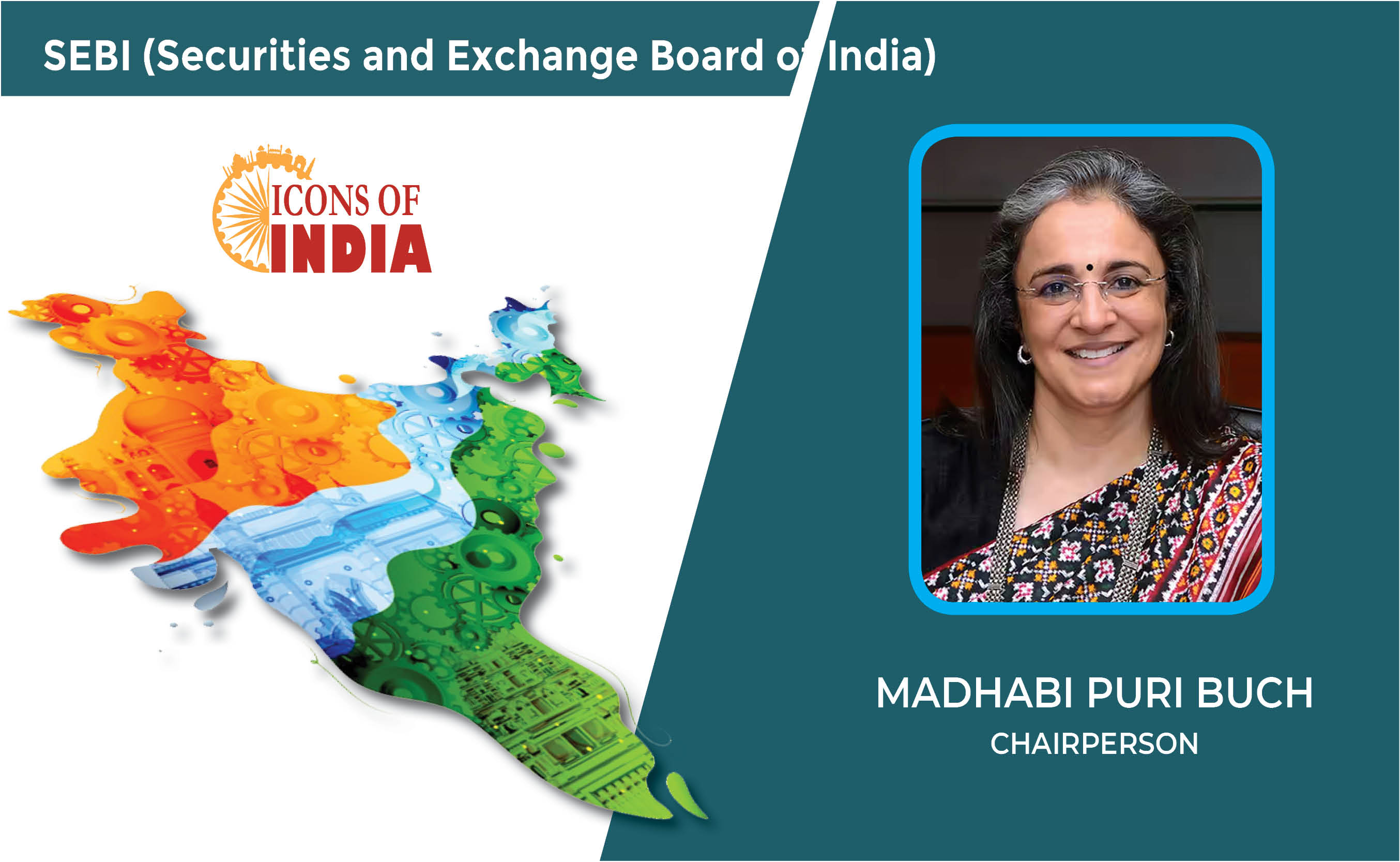
Icons Of India : MADHABI PURI BUCH
Madhabi Puri Buch is the first-female chairperson of India’s markets...
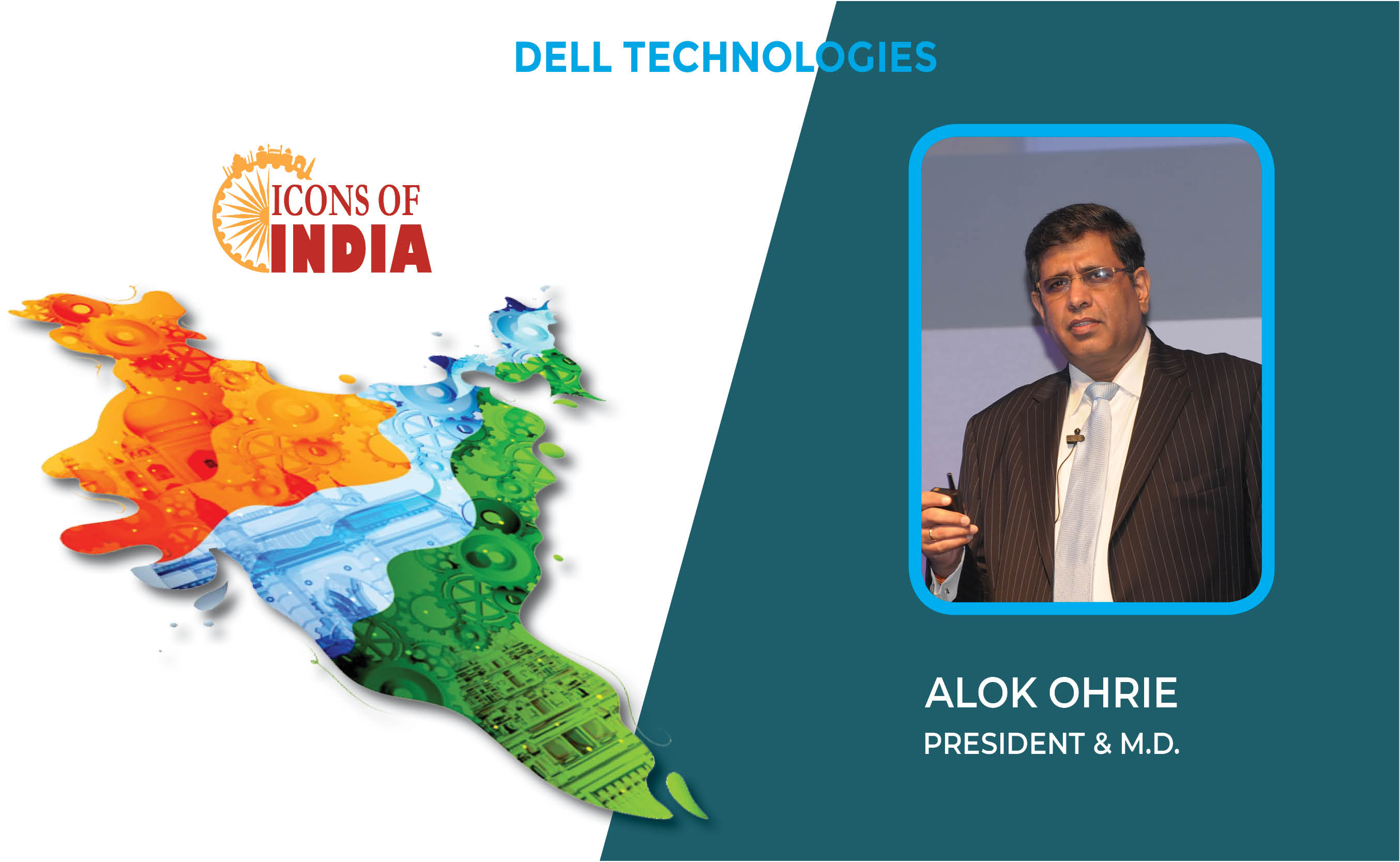
Icons Of India : ALOK OHRIE
Alok Ohrie leads Dell Technologies’ India business, overseeing Sales...


LIC - Life Insurance Corporation of India
LIC is the largest state-owned life insurance company in India...

CERT-IN - Indian Computer Emergency Response Team
CERT-In is a national nodal agency for responding to computer security...

EESL - Energy Efficiency Services Limited
EESL is uniquely positioned in India’s energy sector to address ener...

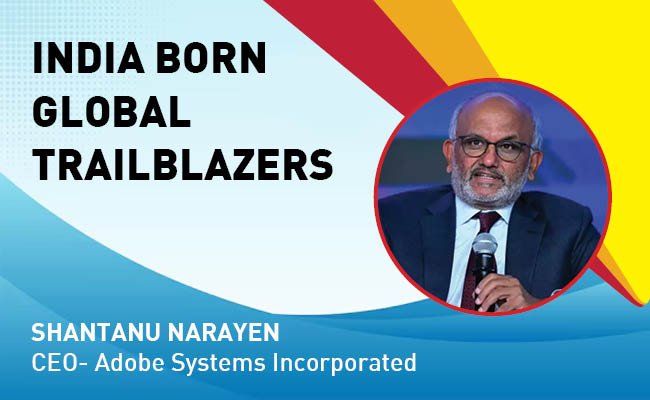
Indian Tech Talent Excelling The Tech World - Shantanu Narayen, CEO- Adobe Systems Incorporated
Shantanu Narayen, CEO of Adobe Systems Incorporated, is renowned for h...

Indian Tech Talent Excelling The Tech World - Anirudh Devgan , President, Cadence Design
Anirudh Devgan, the Global President and CEO of Cadence Design Systems...

Indian Tech Talent Excelling The Tech World - Aneel Bhusri, CEO, Workday
Aneel Bhusri, Co-Founder and Executive Chair at Workday, has been a le...